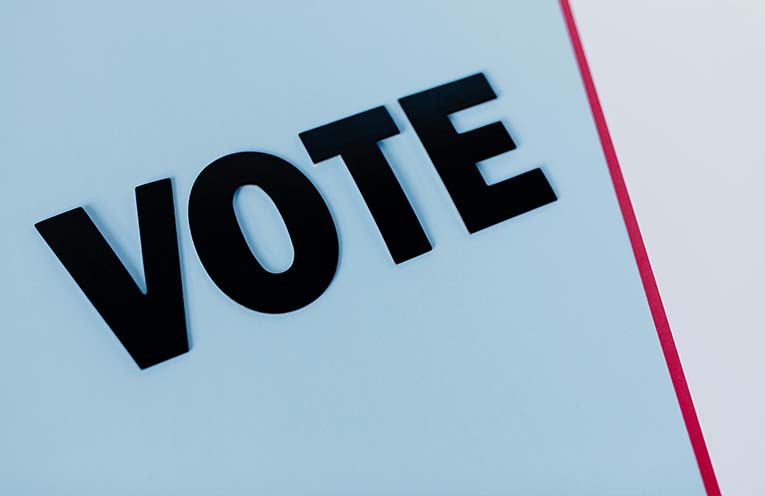“OVER the past 40 years the share of votes going to independents and minor parties has risen in both state and federal elections,” the Australia Institute stated in a research article in October 2024.
“In the 1980 federal election, the combined primary votes for minor parties and independents accounted for only eight percent.”
At the recent Federal election, about 66 percent of voting Australians gave their first preference vote to Labor or the Coalition, with the rest going to minor parties and independents.
An analysis of figures published by the Australian Electoral Commission (AEC) shows that the trend of voters moving away from the major parties has been particularly evident in the seat of Lyne.
In the 2013 election, where the Tony Abbott-led Coalition defeated the Kevin Rudd-led Labor Government, 74.47 percent of the votes in Lyne went to the National and Labor parties.
In that election the National Party secured 53.19 percent of the first preference votes, with Labor receiving 21.28 percent.
In the 2016 election in Lyne the National Party first preference vote fell to 49.57 percent, while the Labor vote increased to 26.56 percent, making a total of 76.13 percent for those two parties.
Since 2016 however the first preference votes for the Nationals and Labor in Lyne have fallen significantly, with their combined vote in 2022 being 64.98 percent.
The trend away from the major parties in Lyne continued in the recent Federal election, with their combined vote reaching 56.88 percent, which is well below the national average.
Since 2013 the first preference vote for the National Party in Lyne has, according to AEC counting on the Tuesday after the election, fallen by just under 16 percent.
The party’s 2025 candidate, Alison Penfold, received 37.20 percent percent of first preference votes, which meant that she needed to rely upon a significant flow of preferences from minor parties such as Pauline Hanson’s One Nation, the Trumpet of Patriots, the Libertarians and others to be elected as the Member for Lyne.
The Labor first preference vote in 2025 was 19.68 percent.
By John WATTS



